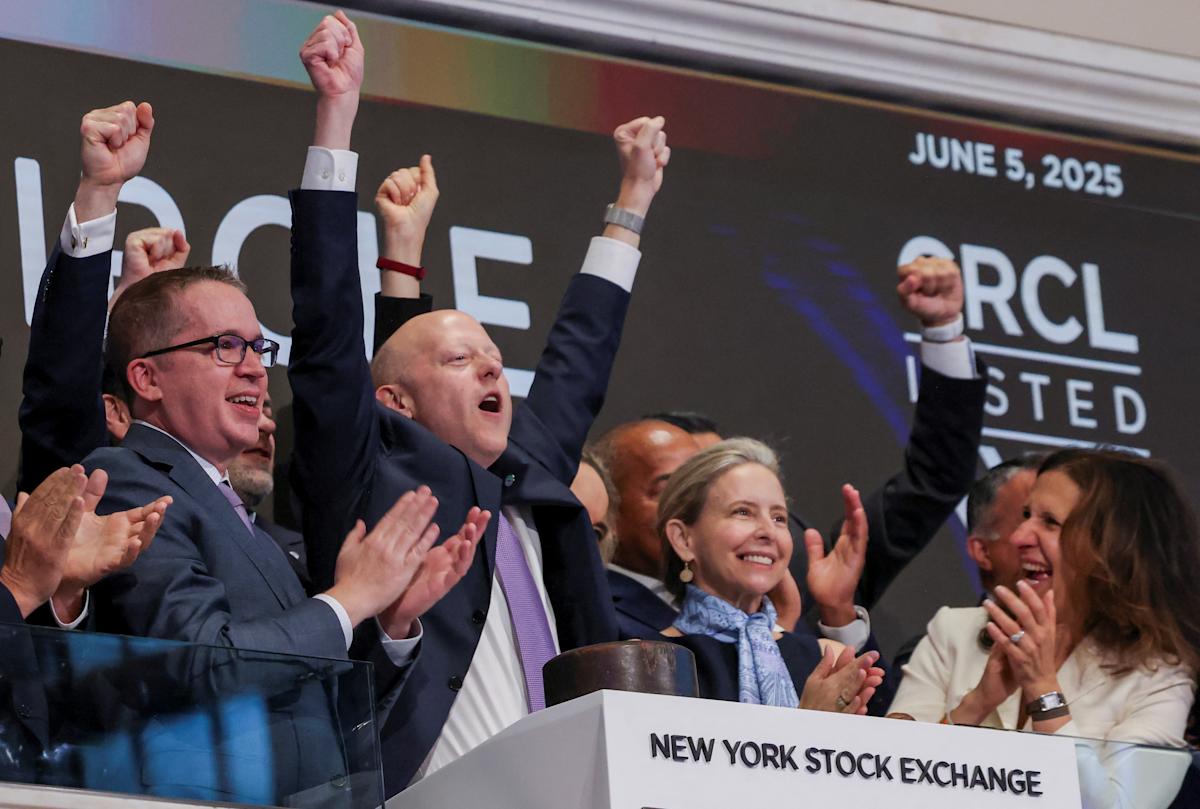House Passes Stablecoin Bill, Marking Major Crypto Week Wins for Trump

House Passes Landmark Legislation for Dollar-Backed Stablecoins
Introduction to New Stablecoin Framework
The House of Representatives has successfully passed significant legislation that establishes the first federal guidelines for dollar-backed stablecoins, marking a pivotal moment for the cryptocurrency sector. This legislative move aims to provide a clearer regulatory environment for various digital assets, a long-sought goal for industry advocates in Washington, D.C.
- Introduction to New Stablecoin Framework
- The GENIUS Act: A Step Forward for Cryptocurrency
- Additional Legislation on Digital Assets
- Overcoming Legislative Challenges
- Implications for Central Bank Digital Currencies
- Trump’s Financial Ventures in Cryptocurrency
- Market Reactions and Stock Performance
- The GENIUS Act’s Provisions
- Future of Stablecoins in the Financial Landscape
- Wall Street’s Shift Towards Stablecoins
- The Competitive Landscape of Digital Payments
- Regulatory Oversight and Compliance
- The Debate on Stablecoin Viability
- Conclusion
The GENIUS Act: A Step Forward for Cryptocurrency
The GENIUS Act, which has garnered bipartisan support, is set to be presented to President Trump, who has championed this initiative as part of his broader vision to position the United States as a global leader in cryptocurrency. The bill received a decisive vote of 308 in favor and 122 against.
Additional Legislation on Digital Assets
In addition to the GENIUS Act, the House has also passed two other bills: the CBDC Anti-Surveillance State Act and the CLARITY Act. These bills will now move to the Senate for consideration, where their future remains uncertain. They aim to prevent the establishment of central bank digital currencies while designating regulatory authority over all digital assets, excluding stablecoins, to either the Securities and Exchange Commission (SEC) or the Commodities Futures Trading Commission (CFTC).
Overcoming Legislative Challenges
The passage of these three bills followed a challenging period filled with delays as Republican leaders worked to unify their party members during a week dubbed “Crypto Week” by supporters of the legislation.
Implications for Central Bank Digital Currencies
The newly passed legislation explicitly prohibits the creation of central bank digital currencies and outlines a framework for the oversight of digital assets. This regulatory clarity is expected to foster a more robust environment for stablecoin issuance and management.
Trump’s Financial Ventures in Cryptocurrency
President Trump is also expanding his financial interests in the cryptocurrency space through various ventures. One notable initiative is World Liberty Financial, a new crypto startup co-founded by Trump and his sons, which has introduced its own US-dollar-pegged stablecoin, USD1, in collaboration with BitGo.
Market Reactions and Stock Performance
The anticipation surrounding these legislative developments has led to a surge in stocks associated with cryptocurrencies, including Coinbase, Robinhood, and Circle, the latter being a newly public stablecoin issuer.
The GENIUS Act’s Provisions
The GENIUS Act outlines the framework for US companies to issue and manage dollar-backed stablecoins, providing these digital assets with a significant endorsement that is likely to promote broader adoption. Notably, the legislation prohibits members of Congress and their families from profiting from stablecoins, a provision that has drawn criticism for not applying to Trump and his family, which previously hindered the bill’s progress.
Future of Stablecoins in the Financial Landscape
Experts predict that this legislation will lead to an influx of new stablecoin entrants as traditional financial institutions, including banks and major retailers, explore the potential of issuing their own digital currencies. Patrick McHenry, a former Republican congressman, emphasized that both banks and non-banks will have equal opportunities in this evolving payments landscape.
Wall Street’s Shift Towards Stablecoins
JPMorgan Chase CEO Jamie Dimon and Citigroup CEO Jane Fraser have both expressed intentions to engage with stablecoins, highlighting a significant shift in Wall Street’s approach to digital assets. Major banks are collaborating to explore the possibility of launching a shared stablecoin network.
The Competitive Landscape of Digital Payments
The emergence of stablecoins could disrupt traditional payment systems, especially if merchants opt to utilize these digital currencies to bypass conventional card networks like Visa and Mastercard.
Regulatory Oversight and Compliance
The legislation empowers the Federal Reserve and the Office of the Comptroller of the Currency (OCC) to oversee stablecoin issuers with assets exceeding $10 billion, while smaller issuers will be regulated at the state level. All issuers will be required to maintain reserves in cash or US Treasuries, undergo regular audits, and publicly disclose their holdings and redemption processes.
The Debate on Stablecoin Viability
While proponents argue that stablecoins offer a stable alternative to the volatility of cryptocurrencies, concerns persist regarding potential risks, including the possibility of investor panic during market fluctuations.
Conclusion
As the landscape of digital assets continues to evolve, the recent legislative developments signal a significant shift towards greater acceptance and regulation of stablecoins. This could pave the way for a new era in digital finance, with implications for both consumers and traditional financial institutions.







